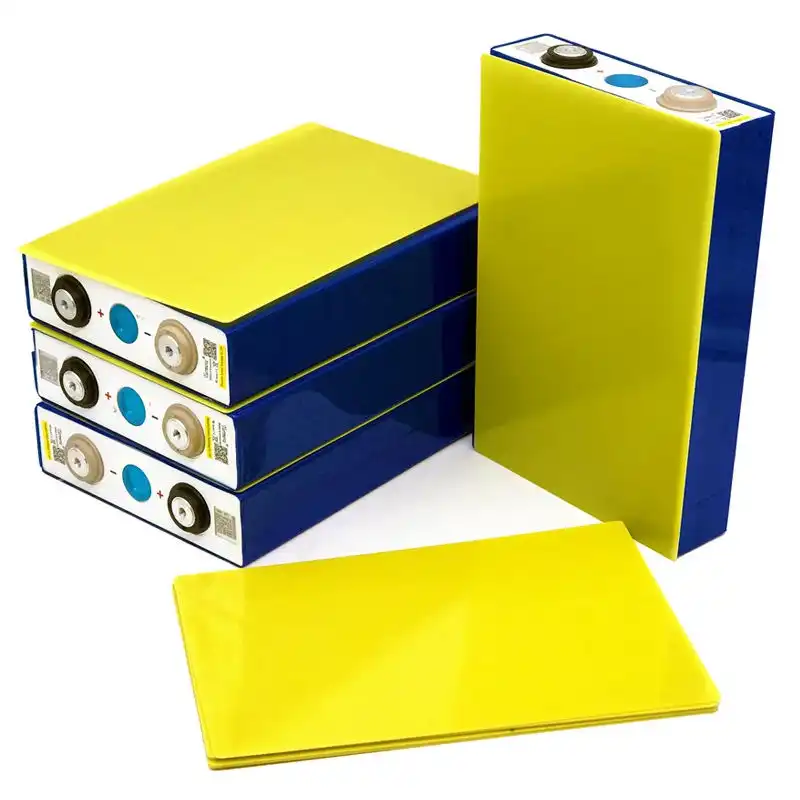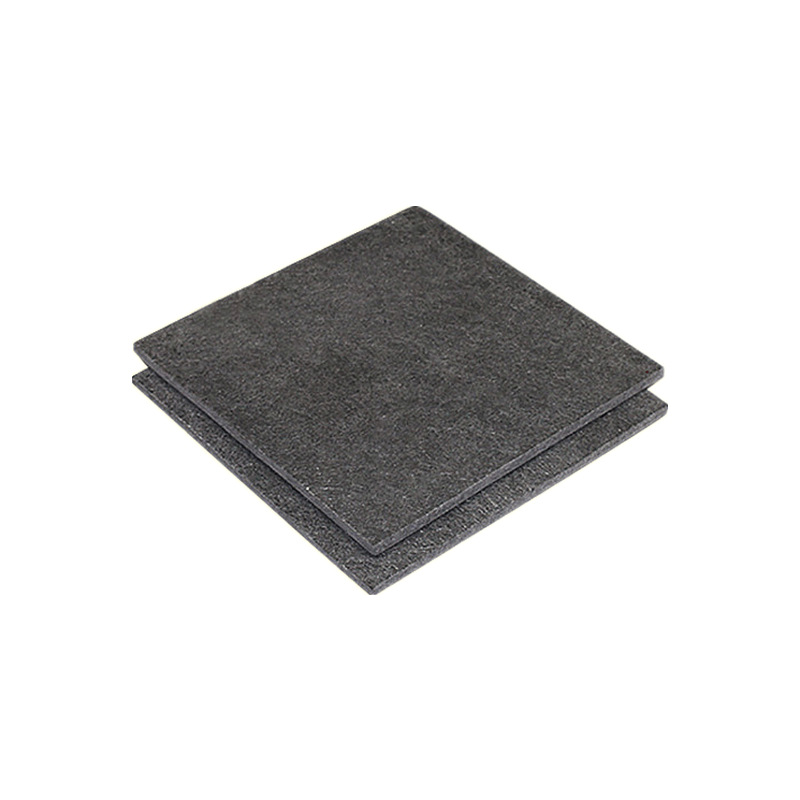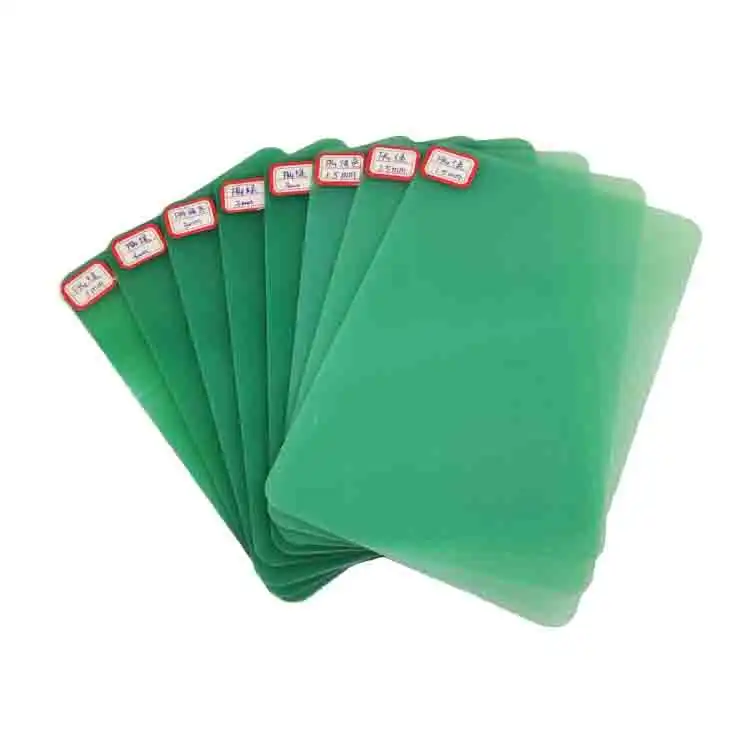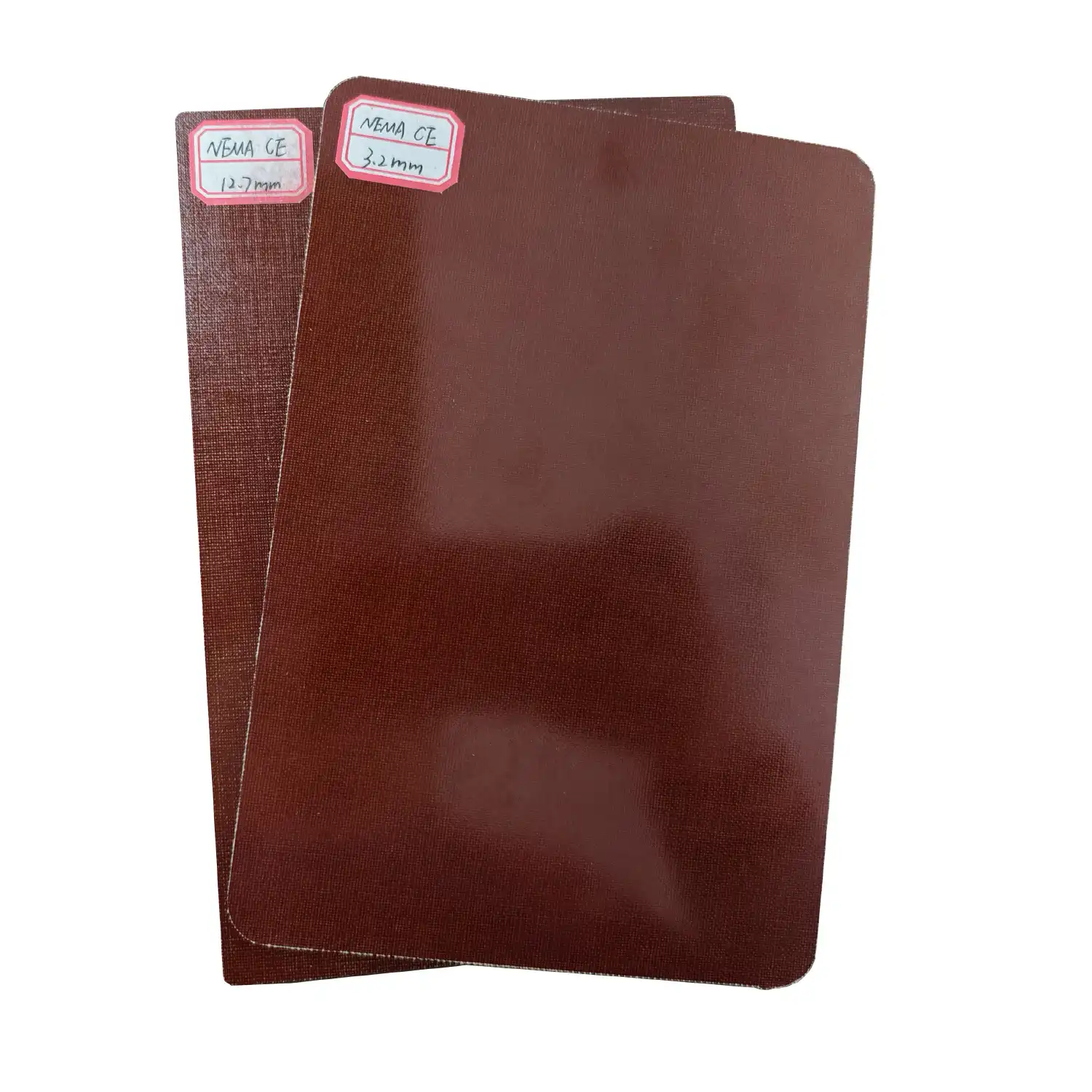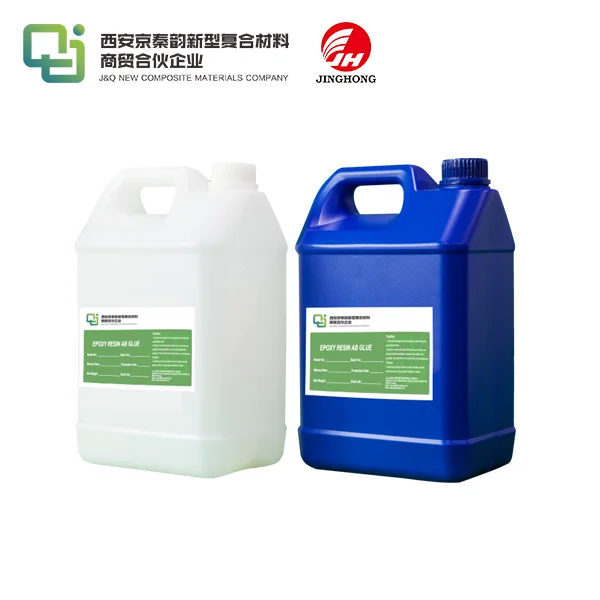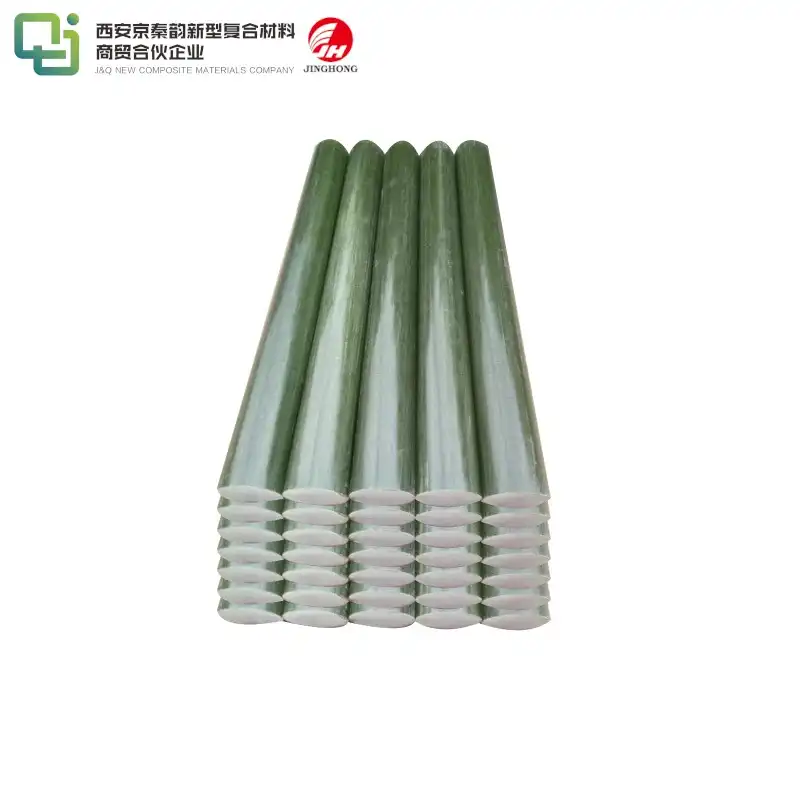Machining Epoxy Sheets: Techniques for Precision Cuts
2025-07-31 17:17:43
Machining epoxy sheets requires a blend of precision, skill, and the right techniques to achieve accurate and clean cuts. This process involves using specialized tools and methods to shape epoxy sheets into desired forms for various applications. From selecting the appropriate cutting tools to understanding the unique properties of epoxy materials, mastering the art of machining epoxy sheets is crucial for producing high-quality components. Whether you're working on industrial projects or intricate designs, employing the correct machining techniques ensures optimal results, minimizes waste, and enhances the overall quality of the final product. This guide will explore the essential techniques and considerations for achieving precision cuts when machining epoxy sheets.
Understanding Epoxy Sheet Properties and Preparation
Composition and Characteristics of Epoxy Sheets
Epoxy sheets consist primarily of thermosetting epoxy resin combined with reinforcing fibers such as fiberglass, which together create a material with excellent mechanical strength and resistance to heat, chemicals, and moisture. The cross-linked polymer structure of epoxy resins contributes to the sheet's rigidity and long-term dimensional stability. These attributes make epoxy sheets ideal for applications demanding durability and insulation. A thorough understanding of their physical and chemical properties is essential when selecting them for specific engineering or electronic applications, particularly during machining or fabrication processes.
Thermal Considerations in Epoxy Sheet Machining
When machining epoxy sheets, heat management is critical to avoid compromising the material’s performance. Excessive heat from cutting tools can soften the resin, cause surface burning, or lead to delamination. To prevent these issues, operators must maintain appropriate cutting speeds, use sharp tools, and apply efficient cooling systems, such as compressed air or liquid coolants. Monitoring temperatures during machining not only preserves the sheet’s structural properties but also ensures tight tolerances and a smooth surface finish, critical for high-precision applications in electrical and mechanical systems.
Surface Preparation and Clamping Techniques
Before machining epoxy sheets, surface preparation is vital to achieve clean, accurate results. Removing any debris, dust, or contaminants from the surface ensures better tool engagement and reduces defects like cracking or chipping. Clamping techniques also influence the machining quality—using padded or vacuum-based clamps designed for composites helps secure the sheet firmly without inducing stress or deformation. Even pressure distribution across the sheet is key to maintaining flatness and precision during cutting, drilling, or routing operations. Proper setup ultimately improves both machining safety and product quality.
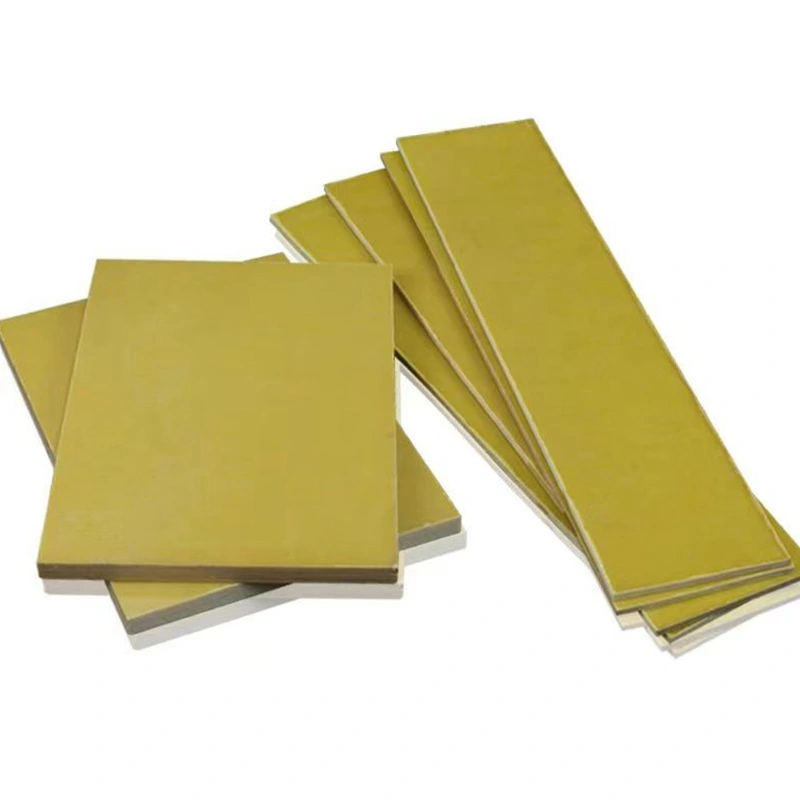
Advanced Cutting Techniques for Epoxy Sheets
Laser Cutting: Precision and Versatility
Laser cutting is a highly efficient technique that provides unmatched precision when working with epoxy sheets. By directing a concentrated beam of light onto the surface, this method vaporizes the material along the cutting path without physical contact. This results in fine, burr-free edges and minimal material waste. Laser cutting is ideal for complex, custom shapes required in electronics or detailed component design. However, attention must be paid to settings like laser wattage, speed, and focus to avoid burning, charring, or structural distortion of the sheet.
Waterjet Cutting: Cold Cutting Solution
Waterjet cutting is a powerful cold-cutting method that prevents thermal stress on epoxy materials. Using high-pressure water, often combined with an abrasive like garnet, it cleanly slices through epoxy sheets of varying thicknesses without introducing heat into the material. This preserves the sheet’s original properties and prevents warping or resin breakdown. Waterjet systems are excellent for large or thick panels and provide smooth, accurate cuts suitable for intricate contours. This method is particularly advantageous when working with materials that are sensitive to heat or require high dimensional integrity.
CNC Routing: Precision and Repeatability
CNC routing is a versatile and highly controlled process used to shape epoxy sheets with accuracy and consistency. This technique uses computer-guided tools to cut, groove, or engrave designs into the sheet, making it ideal for applications requiring precise and repeatable patterns. CNC routers can accommodate a variety of bit sizes and profiles, enabling them to handle everything from basic outlines to complex internal features. Their ability to automate production with consistent parameters ensures high output quality and efficiency, especially beneficial in medium- to large-scale manufacturing environments.
Optimizing Tool Selection and Cutting Parameters
Selecting Appropriate Cutting Tools for Epoxy Sheets
Choosing the right cutting tools is crucial for achieving precision cuts in epoxy sheets. Carbide-tipped tools are often preferred due to their hardness and heat resistance. For routing operations, spiral upcut bits provide clean edges and efficient chip evacuation. When sawing, fine-toothed blades designed for composites minimize chipping and delamination. The selection of tools should consider the epoxy sheet's thickness, reinforcement type, and desired finish quality.
Optimizing Cutting Speed and Feed Rate
Balancing cutting speed and feed rate is essential for achieving optimal results when machining epoxy sheets. High speeds can lead to excessive heat generation and tool wear, while slow speeds may result in poor surface finish. Similarly, feed rates must be adjusted to prevent chipping or delamination. Experimenting with different combinations of speed and feed rate, while considering the specific properties of the epoxy sheet, helps determine the ideal parameters for each machining operation.
Dust Collection and Safety Considerations
Effective dust collection is crucial when machining epoxy sheets to maintain a clean working environment and ensure operator safety. Implementing a robust dust extraction system helps prevent the accumulation of fine particles that can pose health risks and interfere with machining precision. Additionally, operators should wear appropriate personal protective equipment, including respirators and safety glasses, to protect against dust exposure. Proper ventilation and regular cleaning of the work area contribute to a safer and more efficient machining process.
Conclusion
Mastering the techniques for precision cuts in machining epoxy sheets is essential for achieving high-quality results in various applications. From understanding the material properties to selecting the right cutting methods and tools, each aspect plays a crucial role in the machining process. By implementing advanced cutting techniques, optimizing tool selection, and adhering to safety protocols, manufacturers can enhance their capabilities in working with epoxy sheets. As technology continues to evolve, staying informed about the latest advancements in machining techniques will be key to maintaining a competitive edge in the industry.
Contact Us
Ready to elevate your epoxy sheet machining capabilities? Contact our team of experts for personalized guidance and high-quality epoxy sheet solutions. Reach out to us at info@jhd-material.com to discuss your specific needs and discover how our 20+ years of experience can benefit your projects.
References
1. Johnson, A. R. (2022). Advanced Techniques in Epoxy Sheet Machining. Journal of Composite Materials, 56(3), 345-360.
2. Smith, L. K., & Brown, T. E. (2021). Precision Cutting Methods for Thermoset Composites. Composites Manufacturing, 18(2), 112-128.
3. Zhang, Y., et al. (2023). Thermal Effects in Laser Cutting of Epoxy-based Composites. International Journal of Machine Tools and Manufacture, 176, 103944.
4. Chen, H., & Wilson, R. D. (2020). Optimizing CNC Routing Parameters for Epoxy Sheet Machining. Journal of Materials Processing Technology, 285, 116785.
5. Patel, N. M., & Roberts, S. A. (2022). Dust Control Strategies in Composite Material Machining. Safety Science, 150, 105694.
6. Anderson, K. L. (2021). Comparative Analysis of Cutting Methods for Thermoset Sheets. Composites Part A: Applied Science and Manufacturing, 142, 106233.

